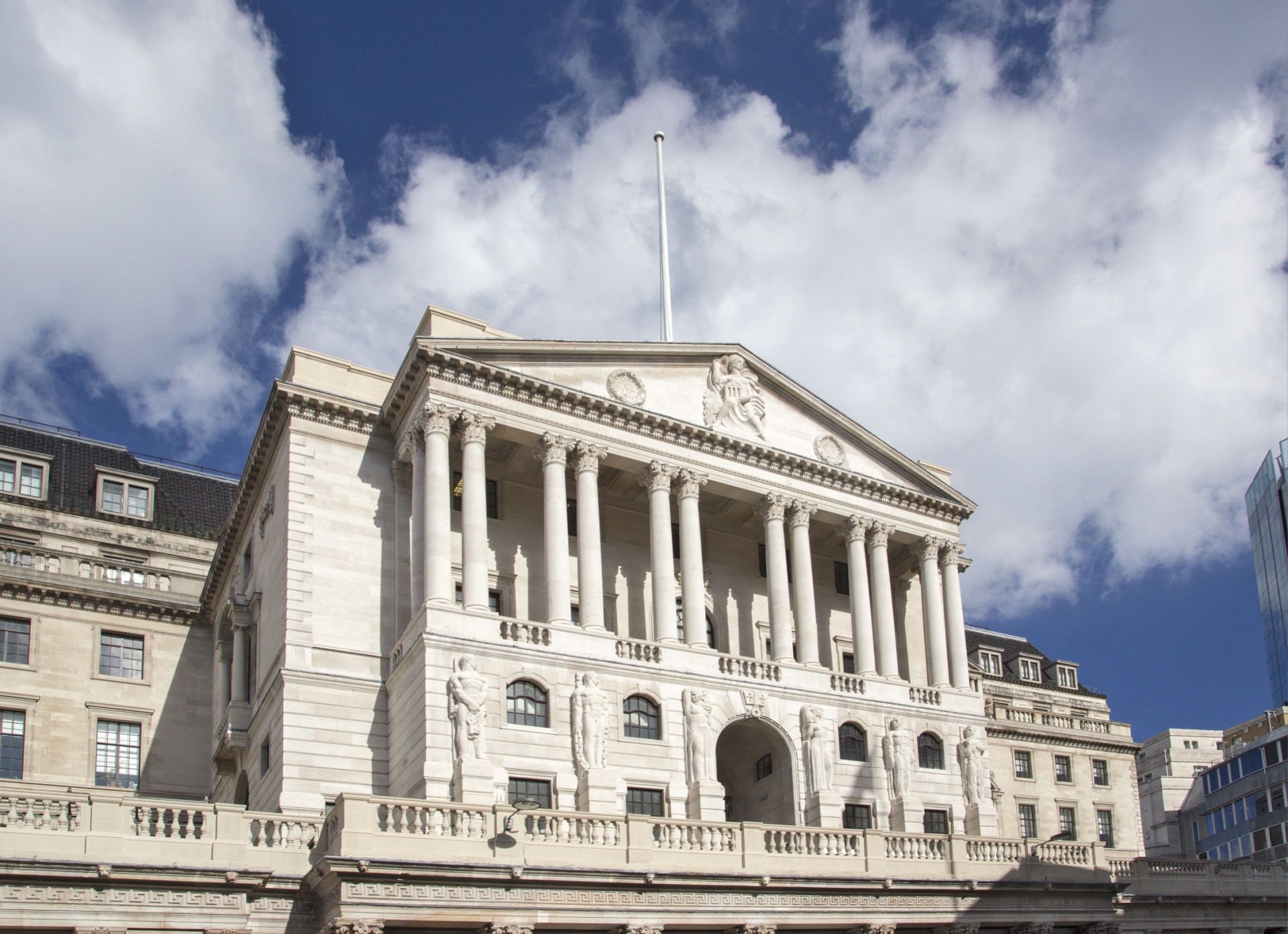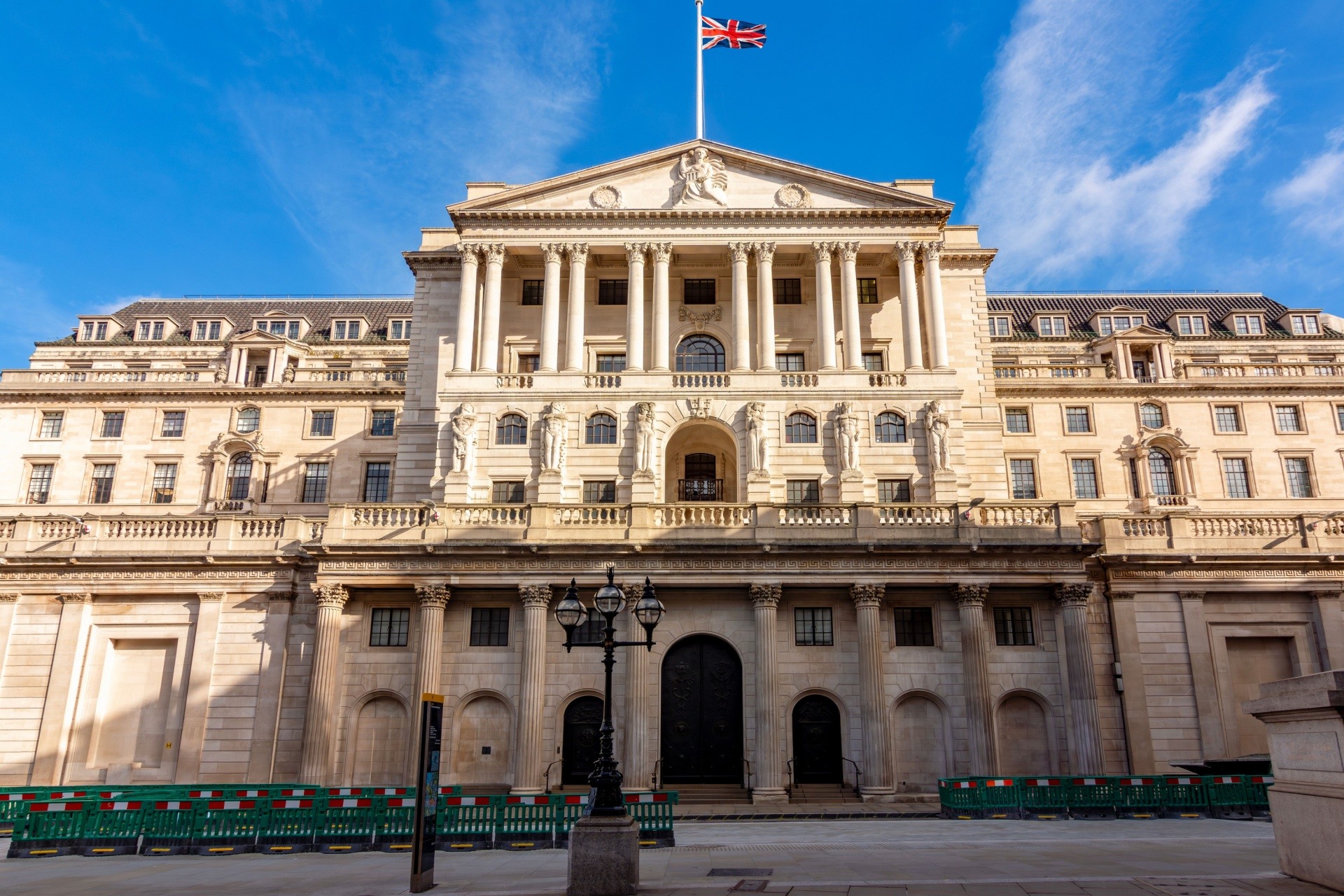Weekly Briefing: Bank of England Cuts Rates & Private Equity Surge
This week, we dive into some significant developments, crucial for individuals navigating the current economic landscape, with a particular focus on the UK.
These include the Bank of England’s decision to reduce interest rates, private equity activity data from 2024, overdue tax returns potentially leaving investors susceptible to fines, and major local government funding adjustments.
Read on for a closer look at these key developments.
Band of England Cuts interest rates to 4.5% from 4.75%
- The Bank of England cut interest rates at its first Monetary Policy Committee (MPC) meeting of the year, reducing the base rate to 4.5% from 4.75%, a move in line with expectations.
- Seven members of the MPC voted for the smaller cut, while two members pushed for a more significant 50 basis point reduction, reflecting differing views but an overall drive for further cuts.
- The decision largely comes in response to a better-than-anticipated inflation report, with the annual inflation rate dropping from 2.6% to 2.5%, which caught analysts by surprise. Inflation had been expected to remain stable or even inch up slightly.
- However, this drop combined with stagnating economic growth, pushed the BoE to act, as the economy has shown little momentum in recent months growing by just 0.1% in November after two months of contraction.
- Governor Andrew Bailey emphasised that the reduced forecast was not tied to political developments but rather to lower-than-expected productivity despite an expanding workforce.
- “We think the path of disinflation remains in place. There will be a bump in the road, but we don’t think that bump is going to have a long-lasting effect,” said Andrew Bailey, BoE Governor.
UK Private Equity Deal Activity and Outlook
- In the second half of 2024, according to a survey by KPMG, private equity activity in the UK experienced a noticeable surge as market players hurried to position themselves ahead of anticipated tax changes in the autumn budget.
- Deal volumes increased by 4.4% compared to 2023, while total deal values soared by nearly 12%, with 1,699 transactions amounting to £158.9 billion, setting a new two-year high.
- Mid-market activity, medium-sized company investments, reached its highest volume in over three years, showing a 15.5% year-on-year rise, even though overall mid-market deal values dropped by 9.1% to £44 billion due to smaller deal sizes and a 17.5% boost in bolt-on investments.
- While business services maintained their dominant position (accounting for 43% of all deals), the TMT sector (Technology, Media, and Telecommunications). outperformed expectations with deal volumes up nearly 19% and cumulative values increasing by almost 58%—totaling over £40 billion.
- Investors benefited from a more stable economic environment marked by falling interest rates and easing inflation, alongside improved political certainty following recent elections, all of which spurred activity as businesses aimed to get ahead of potential Capital Gains Tax changes.
- As Alex Hartley, Head of Corporate Finance at KPMG UK, noted,“There are encouraging signs from the 2024 data that deal activity may have bottomed out in the UK in 2023, as we saw activity, both in volume and value, pick up last year. In particular, we saw significant activity in the second half of the year as many business owners tried to get ahead of expected changes to Capital Gains Tax.”
Self-Assessment Tax Return Penalty Concerns
- Over one million taxpayers missed the self-assessment filing deadline set at midnight last Friday, sparking concerns as many scrambled to complete their returns.
- Although 11.5 million people managed to submit their returns on time, with a significant number filed in the final hour, approximately 1.1 million filings remain outstanding, leaving many vulnerable to penalties.
- Those who missed the deadline now face an initial fixed penalty of £100—applied regardless of whether any tax is due, so if you’ve missed yours, this serves as a reminder.
- The penalty structure is designed to escalate quickly: after three months, daily charges are added, with further increases at six and twelve months, potentially reaching up to 5% of the tax bill or additional fixed sums.
- Charlene Young from AJ Bell explained, “The numbers show that the storm of rising interest rates, reduced allowances, and frozen tax thresholds in 2023-24 continued to whisk people into the tax return trap.”
- As Charlene explains, more and more people are being pushed into paying tax. That being said, from the EIS to ISAs, there are a number of methods individuals can take advantage of to reduce their tax bill.
Council Tax Hikes and Local Government Funding Adjustments
- Millions of residents are now facing council tax hikes that exceed the usual 5% cap, following government permission for six areas to boost rates above the norm, ranging between 5% and 10%.
- For example, Windsor and Maidenhead Council’s initial proposal of a 25% hike was scaled back to 9%, while Bradford is planning a 10% rise, and councils in Birmingham, Somerset, and Trafford are set for increases of 7.5%.
- These adjustments come as local councils struggle to meet budgetary pressures and maintain essential services amid rising costs, including notably the increased national insurance contributions post-budget.
- Central government support is also playing a role; Deputy Prime Minister Angela Rayner confirmed that the average council tax increase would be around 5.1%, backed by over £69 billion in funding, with nearly £4 billion dedicated to assisting councils with social care.
- “It is clear from this settlement that Labour are once again pushing the burden on to taxpayers after they promised to freeze council tax”, explained Shadow Communities Secretary Kevin Hollinrake.
Final Note
From rate cuts to PE surges, this week’s updates highlighted a number of key shifts in the UK economy.
The Bank of England’s interest rate cut reflects a response to weak growth and easing inflation, setting the stage for its next move. How markets react and what this means for future decisions remains to be seen, but we’ll be watching closely. Expect more updates as the situation unfolds.
As we move into 2025, navigating these challenges will require adaptability from both investors and policymakers.
%20(3)%20(2).jpg)








